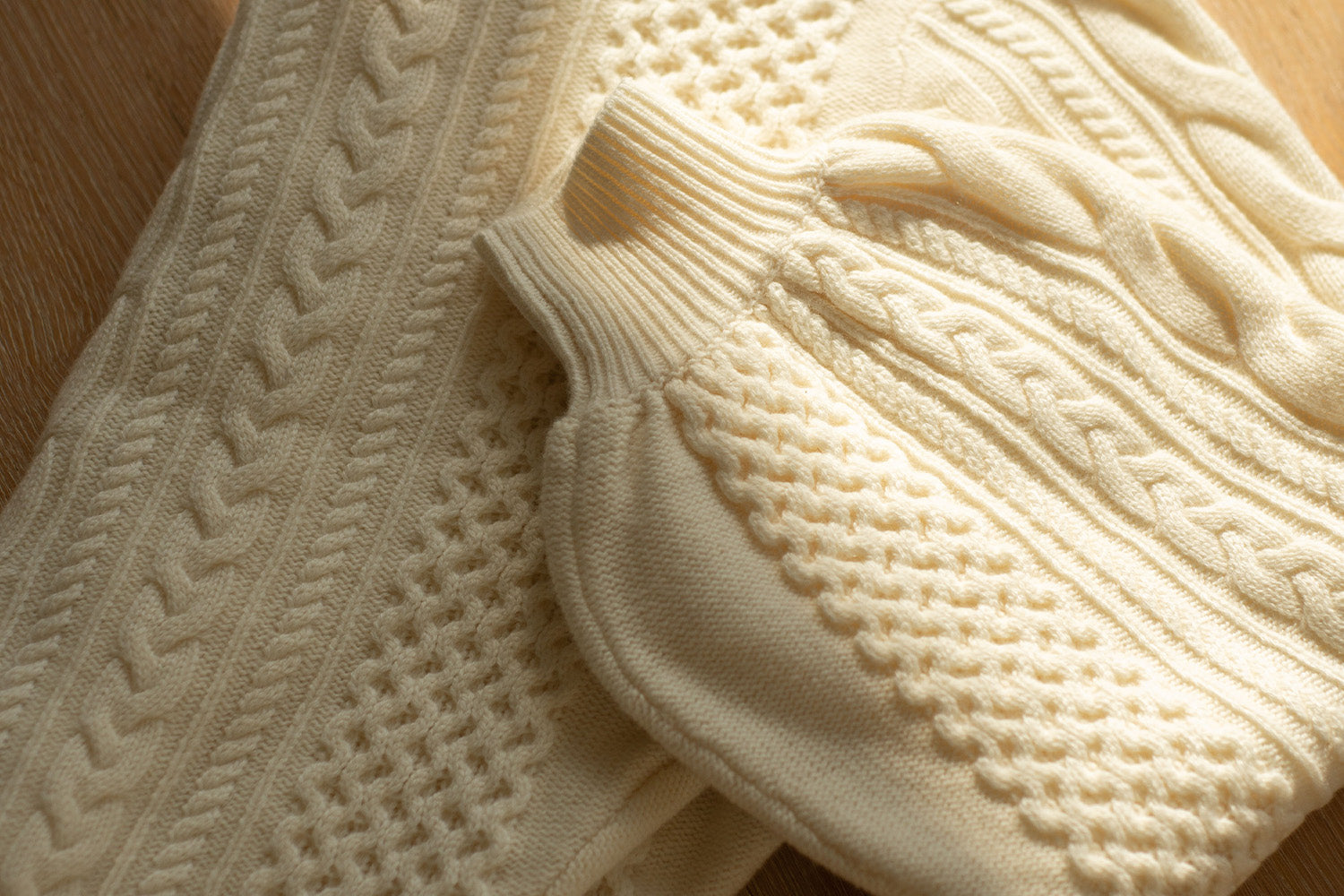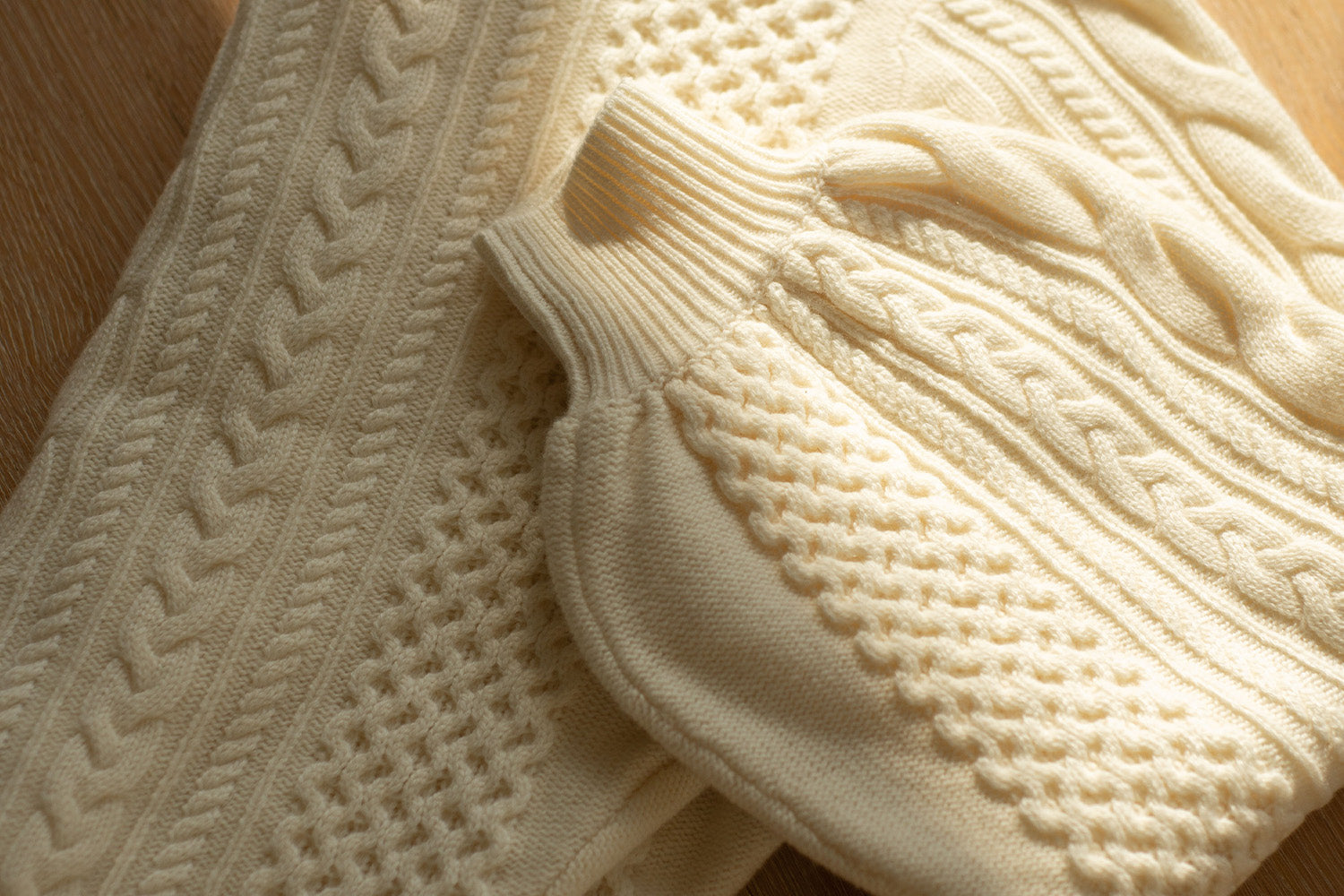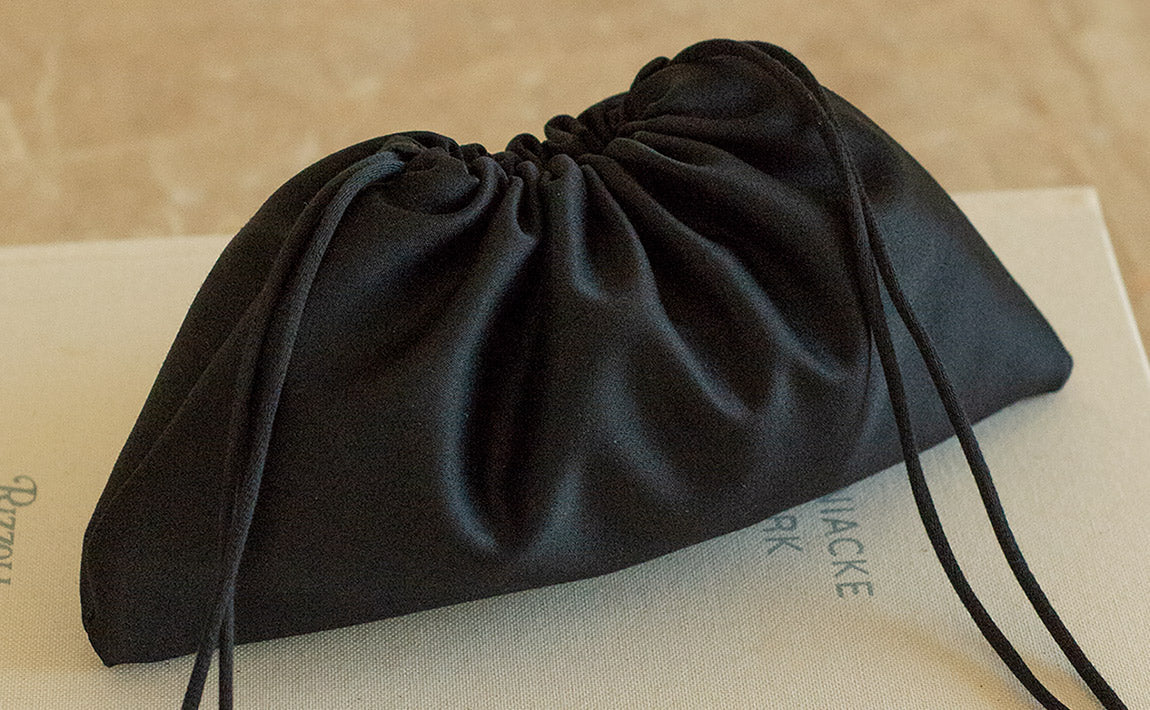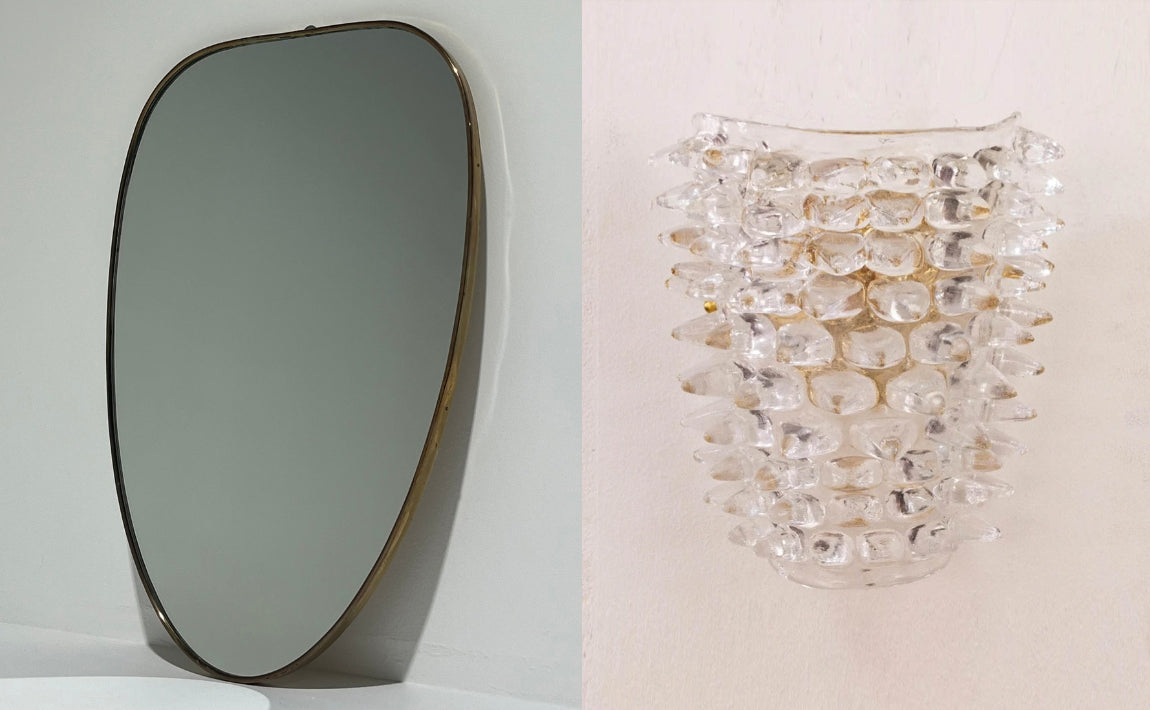How To Care for Your Autumn Winter Wardrobe


If you're investing in an autumn/winter capsule wardrobe that’s built to last, it's important to take care of your clothes so they can go the distance. Many cool-weather pieces are made from natural fabrications (think: wool, cotton, silk) that require considered cleaning. The benefits of these fabrications make the extra effort worth it – they're temperature-regulating, antibacterial, and kinder to the environment. The good news is, with special care, you can wear these pieces year after year.
Keen to discover how you can keep your cool-weather clothes, from knitwear to outerwear, looking and feeling like new for longer? Keep reading.
How to care for wardrobe essentials: denim, shirting and pants
Denim is pretty hard-wearing but can be prone to fading and stretching – wash your jeans and other denim pieces inside out on a cold cycle to help prevent both.
When it comes to basics that require extra care, like winter workwear (tailored pants, silk shirts etc), it's often best to dry clean rather than machine wash. (If the care label instructions are unclear, consider visiting a professional dry cleaner who can advise you on how to best care for the fabric to avoid damaging it and altering the intended fit.) For some silk pieces, hand washing or dry cleaning will be recommended. If the label allows for machine washing, wash inside out in cold or lukewarm water on a gentle cycle, using a mild detergent suitable for the fabric.
After washing, skip the dryer and hang to dry or lay your more delicate pieces flat to prevent stretching. Once dry, you might want to iron on a low heat setting or steam to remove wrinkles – again, check the care label for directions.
How to care for outerwear: blazers, jackets and coats
For wool and cashmere blazers, coats and jackets, it's best to dry clean them once or twice a season rather than washing them at home. These fabrics are considered delicate and can be damaged by being machine washed – harsh detergents, agitation and high heat can all cause shrinking, fading and distortion of the fibres. Outerwear made from cotton/silk/rayon blends or leather or suede will also require specialist cleaning. Dry cleaning effectively cleans these garments while preserving colour, fit and fabric, extending their lifespan and keeping them looking like new. For storage, hang outerwear on sturdy hangers to maintain its shape.
How to care for knitwear: jumpers, cardigans, knit tops and knit dresses
For knitwear, it's crucial to read the care label before washing because instructions will differ depending on the fibre blend. Some wool and cashmere blends may be able to be hand-washed or dry-cleaned, whereas others will be strictly dry-cleanable or machine washable on a delicate cycle. To help prevent shrinking, lay knits flat to dry rather than hanging or using a dryer. Similarly, store folded in a drawer to avoid stretching.

How to Care for Autumn Winter Fabrics at a Glance
- Cotton is a natural, plant-based fibre.
- It is soft, breathable, and absorbent.
- Cotton can be blended with other fibres, like polyester, to enhance durability and reduce shrinkage.
- Denim is a type of cotton that’s woven in a particular way to create a durable, sturdy material.
- Wash cotton in cold water to prevent shrinkage and preserve colour.
- Use a mild detergent that is suitable for cotton fabrics.
- Avoid using bleach, as it can weaken the fibres and cause yellowing.
- Turn denim inside out before washing to prevent fading and protect the surface from abrasion.
- Air dry cotton garments whenever possible to avoid shrinkage and damage from high heat.
- If you must use a dryer, select a low heat setting and remove clothes promptly to prevent wrinkles.
- Hang denim to dry – avoid using a dryer if possible. The heat can cause the fabric to shrink.
- Fold or hang cotton pieces and store in a dry place away from direct sunlight to prevent fading.
- Store your denim hung or rolled to avoid creases and wrinkles.
- Wool is a natural fibre obtained from the fleece of sheep and other animals like goats and alpacas.
- Wool is prized for its warmth, insulation, and moisture-wicking properties.
- Different types of wool (merino, virgin, alpaca, cashmere, mohair) have unique characteristics.
- When cared for well, wool fabrications naturally retain their shape and resist wrinkles.
- Always read the care label instructions before washing wool garments.
- Generally, wool can be hand- or machine-washed (on a delicate cycle) using wool-specific detergent.
- Use cold water to prevent shrinkage and damage to the fibres.
- Do not rub or wring wool when washing, as this can cause felting and shrinkage.
- Do not wring or twist wool garments to remove excess water.
- Instead, gently squeeze or roll the item in a clean towel to absorb the water.
- Air dry wool garments flat on a clean towel, away from direct sunlight.
- Do not hang wool garments to dry, as this can cause stretching and distortion.
- Before storing wool garments, make sure they are clean and completely dry.
- Fold wool garments and store them in a cool, dry place away from sunlight and moisture.
- Avoid storing wool in plastic, which can trap moisture and cause mildew.
- Cedar balls can help to deter moths and other pests that damage wool garments.
- Silk is a natural fibre that comes from the cocoons of silkworms.
- Silk is known for its luxurious feel, sheen, and softness.
- Silk fabrics can be delicate and require special care to maintain their longevity.
- Silk fabrics come in different types, such as charmeuse, chiffon, and satin.
- Always read the care label instructions before washing silk garments.
- Silk garments can sometimes be hand- or machine-washed on a delicate cycle using a mild detergent.
- Use cold water to prevent shrinkage and damage to the fibres.
- Do not rub or twist the silk, as this can cause stretching and damage to the fibres.
- Do not wring or twist silk garments to remove excess water.
- Instead, gently squeeze or roll the garment in a clean towel to absorb the water.
- Air dry silk garments flat on a clean towel, away from direct sunlight.
- Do not hang silk garments to dry, as this can cause stretching and distortion.
-
Before storing silk garments, make sure they are clean and completely dry.
-
Fold silk garments and store in a cool, dry place away from direct sunlight and moisture.
-
Avoid storing silk in plastic, which can trap moisture and cause mildew.
-
Use acid-free tissue paper to stuff the sleeves and folds of garments to help maintain their shape.

Shop our Autumn/Winter Capsule Wardrobe and invest in high-quality pieces that will stand the test of time.




























